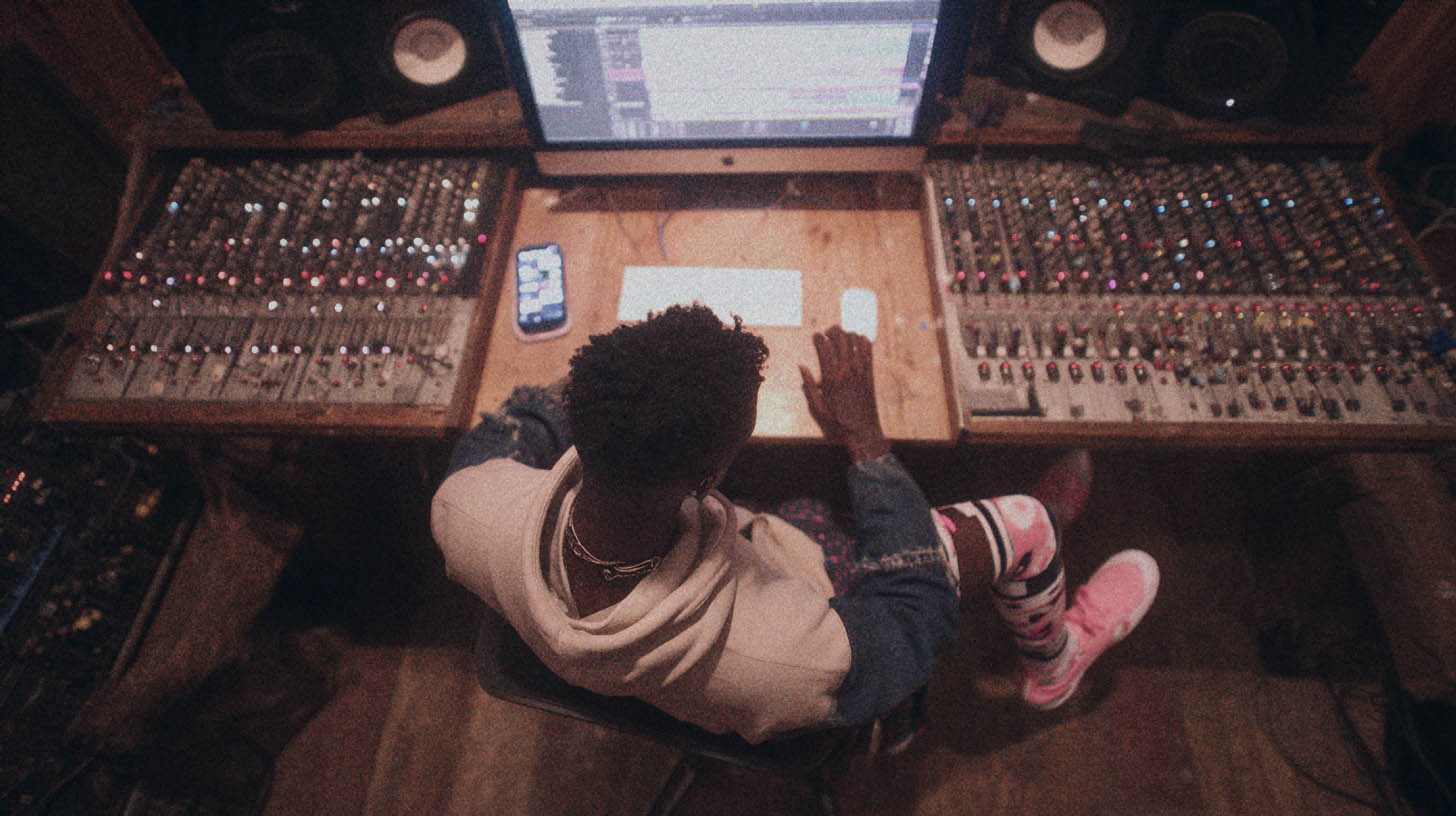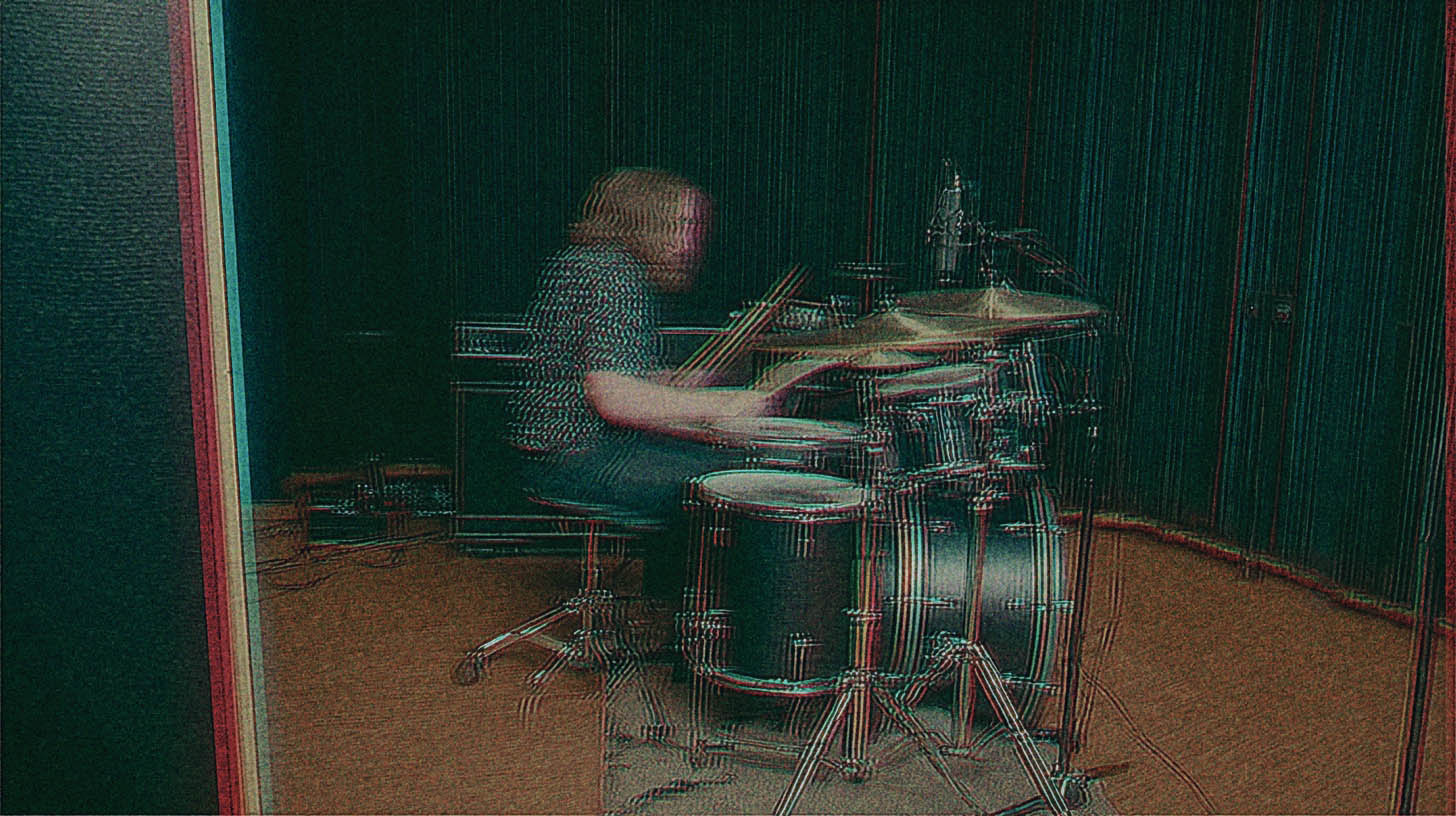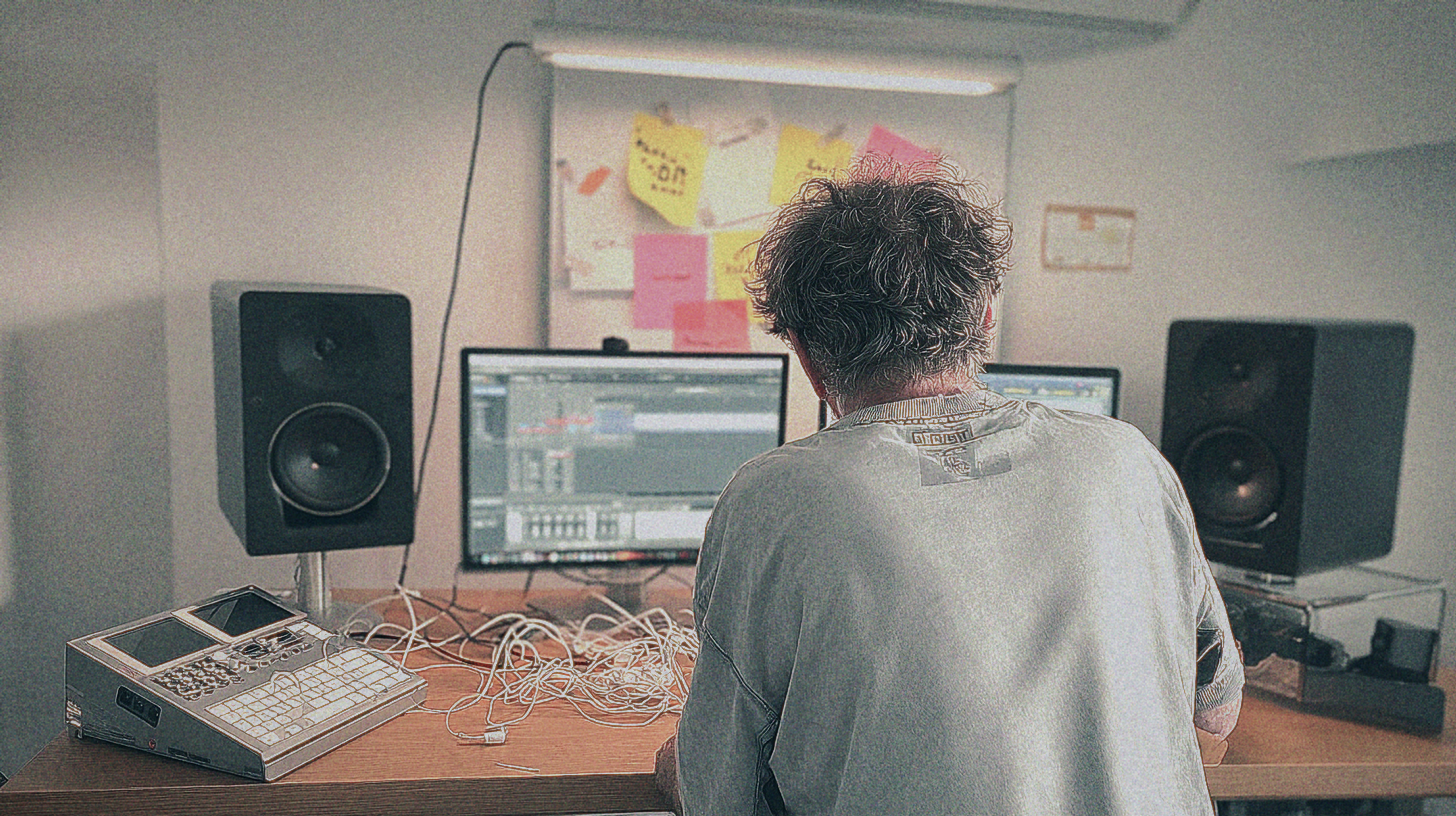
Mixing Jinjer’s Complex Drum Ghost Notes with Max Morton
Nail The Mix Staff
Getting drum ghost notes to sit right in a dense, heavy mix is one of those classic production challenges. You want them to be felt and heard, adding that crucial layer of groove and technicality, but you can’t just crank the fader without bringing up a tsunami of hi-hat bleed and unwanted noise. For a band like Jinjer, where the drumming is incredibly intricate, nailing those ghost notes is non-negotiable.
So how do the pros handle it? We got a look inside the session for Jinjer’s track “Pisces” with producer and mixer Max Morton, and he revealed a seriously clever approach that combines meticulous editing with some slick sidechain processing. If you’ve ever struggled with ghost notes getting lost or making your snare track messy, you need to try this technique.
The Foundation: Isolate Your Ghost Notes
Before any fancy processing can happen, you need total control. Max’s first step, while time-consuming, is the key to everything that follows: he manually edits and isolates every single ghost note onto its own dedicated track.
We’re not talking about just using a gate. This means going through the main snare track and painstakingly cutting out each quiet hit and moving it to a new “Snare Ghost” track. Yes, it’s a lot of work, but the payoff is huge. This gives you two separate tracks: one for the loud, backbeat snare hits and one for only the ghost notes.
Now, you can process them completely independently. On this new ghost note track, Max starts by applying a gentle low-pass filter. This helps remove any harsh, splashy hi-hat bleed that might have been captured, focusing the sound on the body of the snare.
The Sidechain EQ Trick: Bringing Ghosts to Life
With the ghost notes isolated, a new problem emerges: they sound unnatural and dull, lacking the top-end “snap” and “sizzle” of a real snare. Just EQing them won’t fix it, as you’d just be boosting the filtered, lifeless sound.
This is where Max’s genius sidechain trick comes in. Instead of trying to process the ghost note track itself, he uses it as a trigger to dynamically process the snare bottom track.
The Setup
- Plugin: Place a dynamic EQ, like the FabFilter Pro-Q 3, on the snare bottom track.
- Sidechain: Activate the EQ’s external sidechain input and feed the “Snare Ghost” track into it.
- Dynamic Band: Create a wide dynamic band in the high frequencies of the snare bottom track. This is the area where all the crispness and rattle of the snare wires live.
- Expansion:</strong> Set the dynamic band to <strong>expand</strong> (boost) when it receives a signal from the sidechain.
Now, every time a ghost note plays on its dedicated track, it triggers the EQ on the snare bottom track to instantly—and temporarily—boost the high frequencies. You’re essentially using the clean, isolated ghost notes as a key to “unlock” the natural, authentic snare-wire sizzle from the bottom mic, but only for the duration of that hit.
When blended with the main snare (and with the phase flipped on the ghost track to ensure they add body instead of canceling out), you get a beautifully natural-sounding ghost note that has all the right top-end character without a trace of constant hi-hat bleed.
Fine-Tuning for a Polished, Consistent Sound
Taming Dynamics with a Leveler
Even with the isolation, the drummer’s natural performance means some ghost notes will be slightly louder or softer than others, causing them to jump out or get lost. To fix this and control the track’s dynamics, Max uses a tool like Sound Radix Drum Leveler on the “Snare Ghost” track itself.
Unlike a standard compressor, a leveler is specifically designed to even out the dynamics of individual drum hits in a remarkably transparent way. It analyzes each hit and adjusts its gain to match a target level, ensuring every ghost note triggers the sidechain EQ consistently. This gives you a super smooth and controlled groove.
Final EQ Tweaks
With the dynamics and top-end sorted, Max makes a few final EQ adjustments by ear. He notices the ghost notes sound a bit too “deep” or “hollow,” so he removes an earlier fundamental boost he had placed on the ghost track and adds a touch of midrange back into the snare bottom track. It’s a great reminder that even with advanced techniques, the final moves are always about what serves the song.
See the Full Mix Come Together
This advanced ghost note technique is just one of the hundreds of decisions that go into a world-class metal mix. Watching Max Morton build this entire Jinjer track from the raw multi-tracks—from layering the kick drum to shaping the bass and making an iconic vocal sit perfectly on top—is a whole other level of learning.
Jinjer on Nail The Mix
Max Morton mixes "On The Top"
Get the Session
With Nail The Mix, you don’t just get tips; you get a front-row seat. Every month, you can watch a top-tier producer mix a massive song from scratch and get the actual multi-tracks to practice on yourself.
See exactly how Max Morton mixed “Pisces” in his full, unabridged session. Start watching now and discover the techniques you need to unlock your sound and mix modern metal beyond presets.
“`







